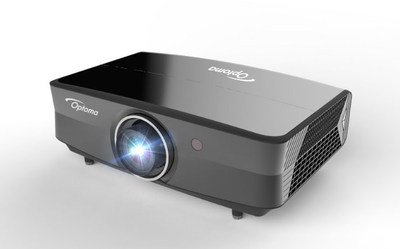What to Know About Process Control Systems

Industries cannot function by themselves. In fact, to operate a turnkey industrial operation, there must be a streamlined approach to information processing. That’s where process control systems come into play. As data transmits from human operators to machine or within networks, process control systems diagnose and transmit this data for possible issues. More so, these systems ensure daily applications remain consistent with production expectations. Here’s a short guide on what to know about process control systems and their role in manufacturing today.
What Are Process Control Systems?
Process control systems (PCS), also called industrial control systems, are the series of pieces along production lines that test, monitor, and troubleshoot data. Whether it’s through supervisory control and data acquisition (SCADA), a programmable logic controller (PLC), or a distributed control system (DCS), each series works to gather and transmit data throughout the production process. Each system has its own components that feed it data to perform its respective tasks. Some rely on a human-machine interface (HMI) to relay data to human operators for efficient processing.
PCS Components
As mentioned, one thing to know about process control systems is that each has its own series of components that feed and receive data, which is then processed, monitored, and/or troubleshot. These components include pressure sensors, flow meters, testing forces, temperature gauges, and input/output devices. Pressure sensors trigger mechanically as items pass through the sensor. Often, they release a piston, tube, or spring that indicates the pressure. Flow meters measure the flow rate of a liquid or gas, be it linear, nonlinear, mass, or volumetric. They come as positive displacement, differential, or inferential varieties. The testing forces use mechanical, hydraulic, or strain gauges to measure forces and torque. Finally, temperature gauges convert temperature into mechanical movements through thermocouple operations, liquid expansion, or bimetallic operations.
SCADA’s Role
SCADA has a historic role in process control systems. Starting as monolithic systems with few networking capabilities, they soon evolved into distributed systems based on local area networks. They could communicate with multiple stations in real-time. Soon these also evolved into the networked SCADA systems used today in which industrial advances rely on open communication to connect with different RTUs and internet protocols.





